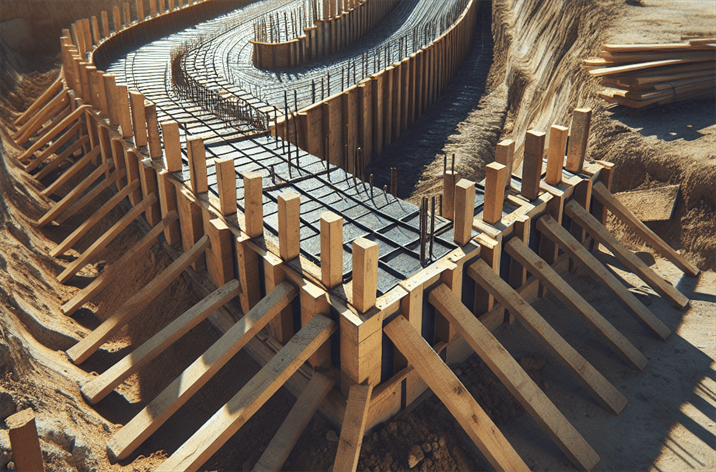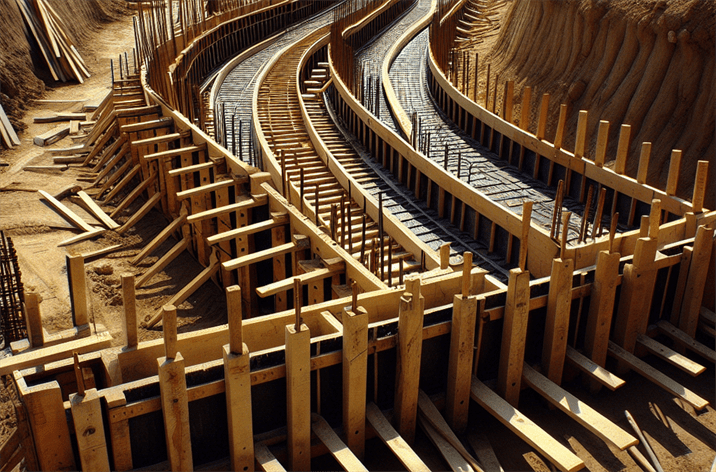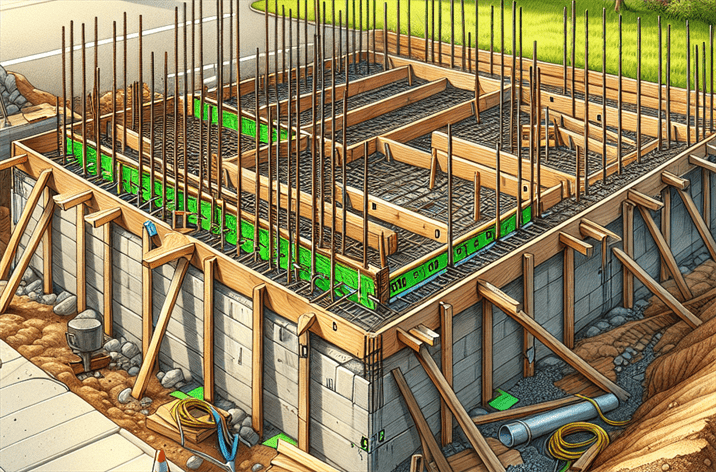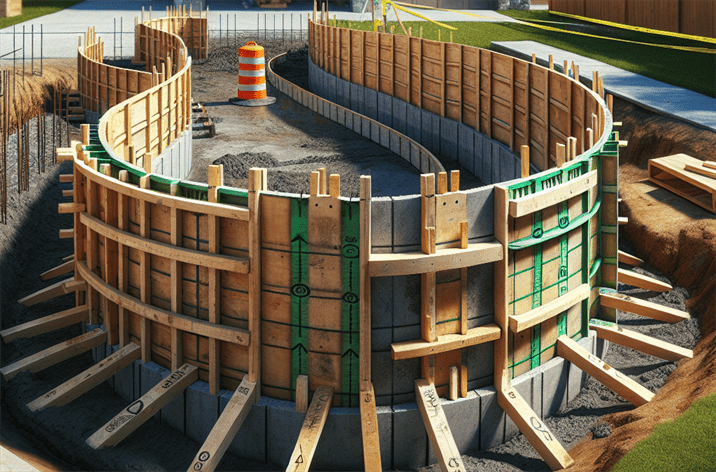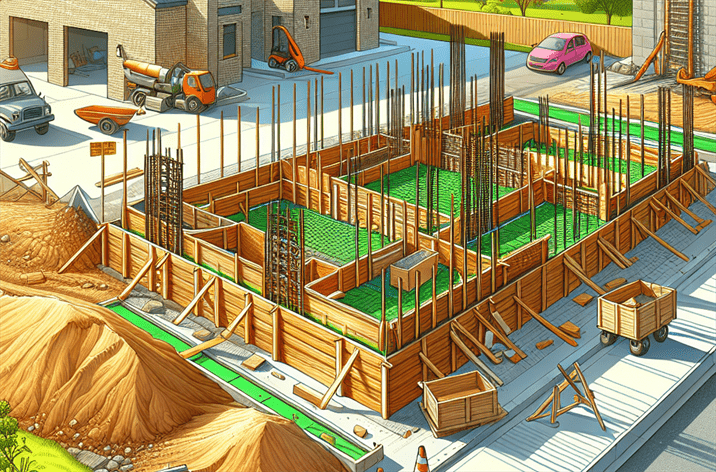Everything You Need to Know About Construction Survey Stakes
Introduction
Did you know that construction survey stakes have been a pivotal element in the building industry for centuries? These indispensable tools ensure that projects are executed with precision and accuracy, which is vital in avoiding costly mistakes. As we navigate through advanced construction technologies and methodologies, the role of construction survey stakes continues to evolve, solidifying their importance in project planning and execution.
In today’s fast-paced construction landscape, the need for accuracy cannot be overstated. Whether you’re a seasoned contractor or a novice in the field, understanding the function and significance of construction survey stakes is essential. These stakes not only help in defining property boundaries but also guide the placement of structures and utilities. As construction projects become more complex, the integration of technology with traditional methods enhances the utility of these stakes, making them an essential component of modern construction practices.
In this article, we will explore key aspects of construction survey stakes, including their definition, historical context, importance in civil engineering, and functionality. Additionally, we will discuss the benefits and challenges associated with their use, as well as future trends that may shape their development. For a deeper understanding of how these tools enhance project accuracy, consider exploring our guide on how construction marking stakes enhance project accuracy.
What are Construction Survey Stakes?
Definition
Construction survey stakes are markers used to define specific locations and boundaries on a construction site. They are typically made of wood, plastic, or metal and are driven into the ground to indicate where structures, utilities, or other elements will be placed. These stakes play a crucial role in maintaining the integrity of the project layout, ensuring that all measurements are accurate and that the construction adheres to design specifications.
Historical Context
The use of construction survey stakes dates back to ancient civilizations when architects and builders needed ways to mark boundaries and layout structures accurately. Over the years, the materials and technologies used in creating these stakes have evolved significantly. Initially made from natural materials like wood, today’s construction survey stakes may also incorporate advanced materials such as fiberglass and plastic composites, which offer enhanced durability and visibility.
The Importance of Construction Survey Stakes
In today’s construction landscape, the relevance of construction survey stakes is more pronounced than ever. As projects become increasingly complex, the need for precision and efficiency becomes paramount. Construction survey stakes serve as foundational tools that help contractors and surveyors ensure that every aspect of a project is aligned with local regulations and design specifications.
Construction Survey Stakes in the Context of Civil Engineering
In civil engineering, construction survey stakes are essential for creating accurate site layouts, managing property boundaries, and ensuring that projects are compliant with zoning laws. They are fundamental tools in the planning stages of any construction project, as they help visualize the final layout before any physical work begins.
Key Players or Contributors
Several manufacturers and innovators have significantly impacted the development of construction survey stakes. Companies specializing in construction tools have introduced various types of stakes that cater to different project needs, from durable wooden stakes to high-visibility plastic options. These innovations have made it easier for construction professionals to select the right tools for their specific applications. For more on the essentials of construction tools, visit our page on The essential role of surveying stakes in construction projects.
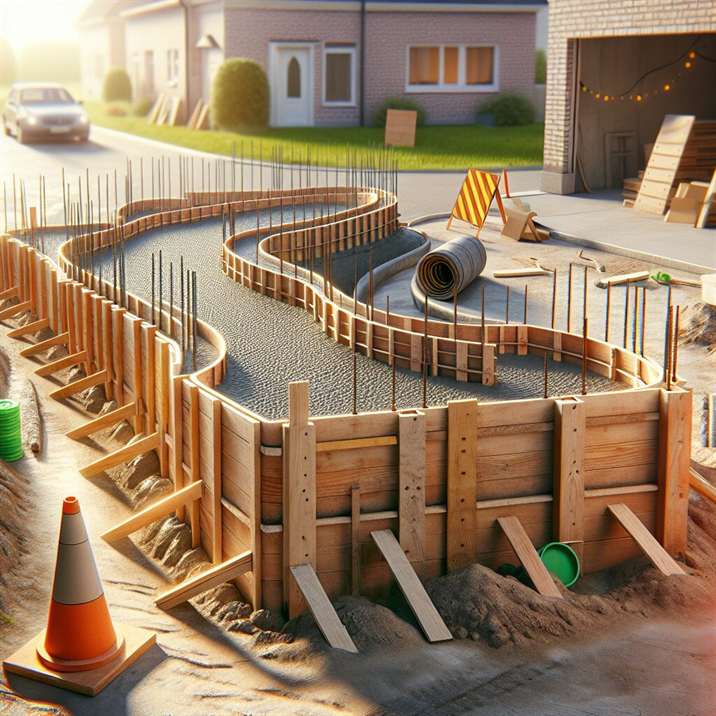
How Do Construction Survey Stakes Work?
The Mechanics of Construction Survey Stakes
Construction survey stakes work by providing a physical reference point on a job site. When a surveyor lays out a project, they will measure distances and angles from existing structures or benchmarks, then place stakes to mark these points. Each stake can represent a corner of a building, the alignment of a road, or even the boundaries of a property. The stakes are often color-coded or flagged for easy visibility, especially in large or busy job sites.
Technological Foundations of Construction Survey Stakes
Modern construction survey stakes are often used in conjunction with advanced surveying technology. Tools such as GPS and laser levels significantly enhance the accuracy of the measurements taken. Surveyors can use these technologies to ensure that stakes are placed correctly, aligning with design specifications and safety regulations.
Real-World Applications of Construction Survey Stakes
Construction survey stakes have a wide range of applications in real-world scenarios. For example, in residential construction, they help outline the perimeter of a new home, ensuring that it fits within property lines. In road construction, stakes are used to indicate the curve and slope of the road, helping to maintain appropriate drainage and alignment. In both cases, the stakes guide workers, ensuring that their efforts align with the overall project plan.
Benefits of Using Construction Survey Stakes
Construction survey stakes offer numerous benefits that contribute to the overall success of construction projects:
- Accuracy: They provide precise locations for construction elements, reducing the risk of errors.
- Efficiency: By clearly marking boundaries and alignments, they streamline the construction process and minimize delays.
- Cost-Effectiveness: Proper use of stakes can prevent costly mistakes that could arise from miscalculations.
- Visibility: Many modern stakes are designed to be highly visible, reducing the likelihood of accidental damage or misplacement.
Challenges of Using Construction Survey Stakes
Despite their many benefits, there are also challenges associated with the use of construction survey stakes:
- Weather Conditions: Heavy rains or strong winds can displace stakes, leading to inaccuracies.
- Site Conditions: Uneven terrain or soft ground can make it difficult to secure stakes properly.
- Human Error: Misplacement due to oversight can compromise the entire layout, requiring additional time and resources to correct.
Future Trends in Construction Survey Stakes
As the construction industry continues to evolve, so too will the tools and techniques used. Future trends may include:
- Smart Technology Integration: The incorporation of smart technology, such as IoT devices, could enhance the functionality of construction survey stakes, allowing for real-time tracking and adjustments.
- Sustainable Materials: As sustainability becomes a priority in construction, there may be a shift towards using eco-friendly materials for stakes, reducing environmental impact.
- Increased Use of Drones: Drones may play a significant role in surveying and staking, providing aerial views that enhance accuracy and efficiency.
Conclusion
In conclusion, construction survey stakes are an integral part of the construction process, providing a foundation for accuracy and efficiency. Their importance cannot be overstated, as they guide the placement of structures and ensure compliance with design specifications. As technology advances and the construction landscape evolves, the role of construction survey stakes will continue to be pivotal in shaping successful projects.
For more insights into construction tools and techniques, consider exploring our page on affordable wooden stakes for construction needs. Understanding these tools will empower you to maximize efficiency and precision in your construction endeavors.


